
Published: Last Updated:
Readtime: 10 min
Every product is carefully selected by our editors and experts. If you buy from a link, we may earn a commission. Learn more. For more information on how we test products, click here.
They won’t say it, so I will. Alfa Romeo’s future in Australia very likely hinges on the success of a small, three-cylinder hybrid SUV that shares its platform with a Peugeot. It’s called the Alfa Romeo Junior, and the good news is that it doesn’t have to achieve all that much to be considered a success for the brand. You see, Alfa Romeo only sold 52 cars last month, and while every other automaker on the planet has found nothing but success by doubling down on SUVs, that isn’t the case for the Italian brand.
Their Giulia sedan accounted for one-third of its monthly sales in September (18). Don’t get me wrong—it’s a fantastic vehicle, one of the best sedans ever, but it’s an issue when your decade-old sedan outsells your 12-month-old Tonale SUV. Sales for the brand are down year-to-date, but I believe this is all about to change with the introduction of the Alfa Romeo Junior.
Priced from $45,900 plus on-road costs for the hybrid ‘Ibrida’ model that we drove on this launch, and $57,900 plus on-road costs for the all-electric ‘Elettrica’ variant, the Junior is the most expensive vehicle in the light SUV segment. Its closest segment competitor is the Volkswagen T-Cross R-Line ($40,990 plus on-road costs), but buyers might also consider a Lexus LBX (AUD$47,550 plus on-roads). No matter how you slice it, it’s not a cheap light SUV compared to a Toyota Yaris Cross Hybrid, which tops at around $40,000.
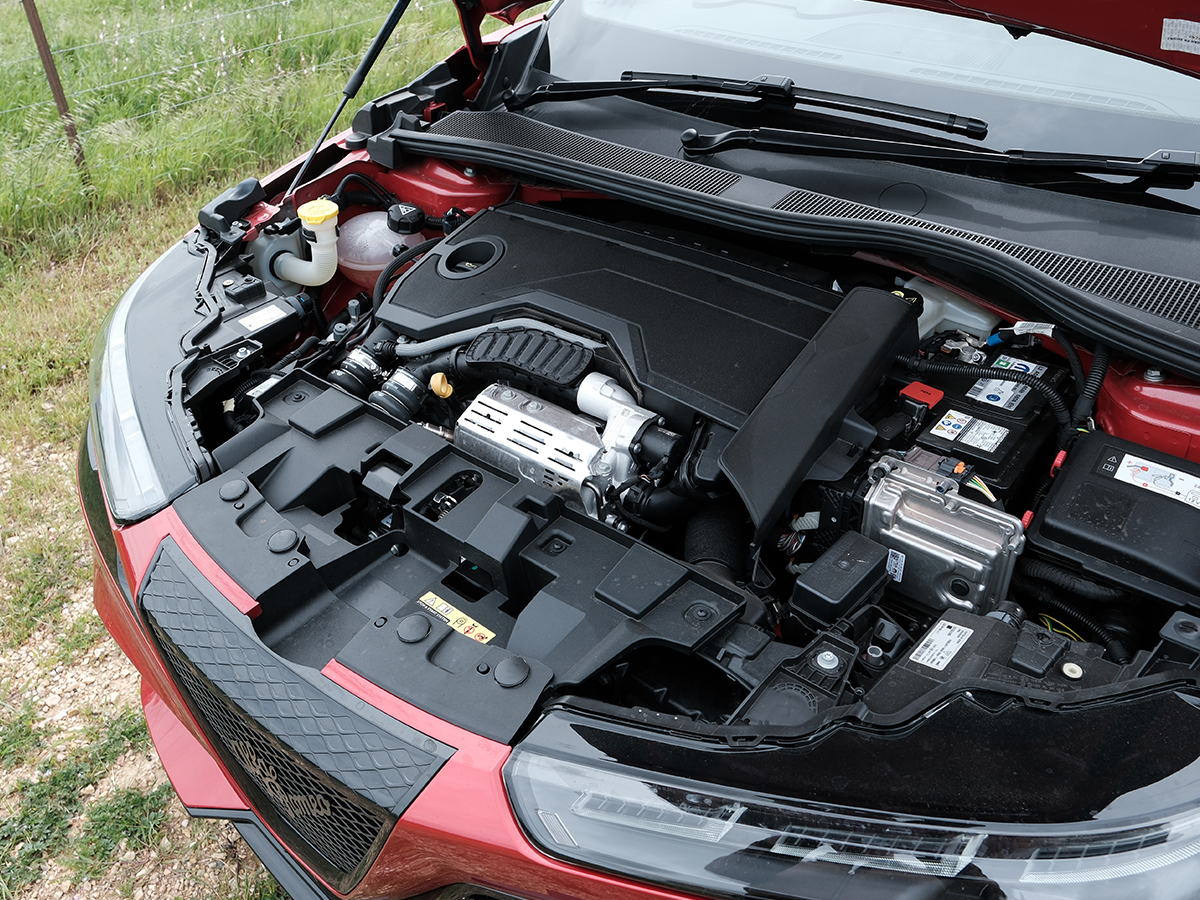
Features
It’s not a cheap light SUV, but it’s quite a good one.
Powered by a 1.2-litre 3-cylinder turbocharged engine (timing chain, not belt) combined with a 48-volt lithium-ion battery and a 21kW electric motor built into the 6-speed dual-clutch gearbox, the Alfa Romeo Junior Ibrida produces 107kW of power and 230Nm of torque. It only sends this power to the front wheels and accelerates from 0 to 100 km/h in 8.9 seconds, with a top speed of 206 km/h.
It won’t rotate the Earth on its axis, but the in-gear acceleration from 60-100km/h is admirable.
The fuel efficiency is claimed to be 4.1 litres/100km (according to the NEDC test cycle), but I couldn’t confirm this on our drive day as we were driving in the Adelaide hills region, known for twisty roads. It’s not a PHEV, so I wouldn’t be surprised if I could achieve this in a real-world test.
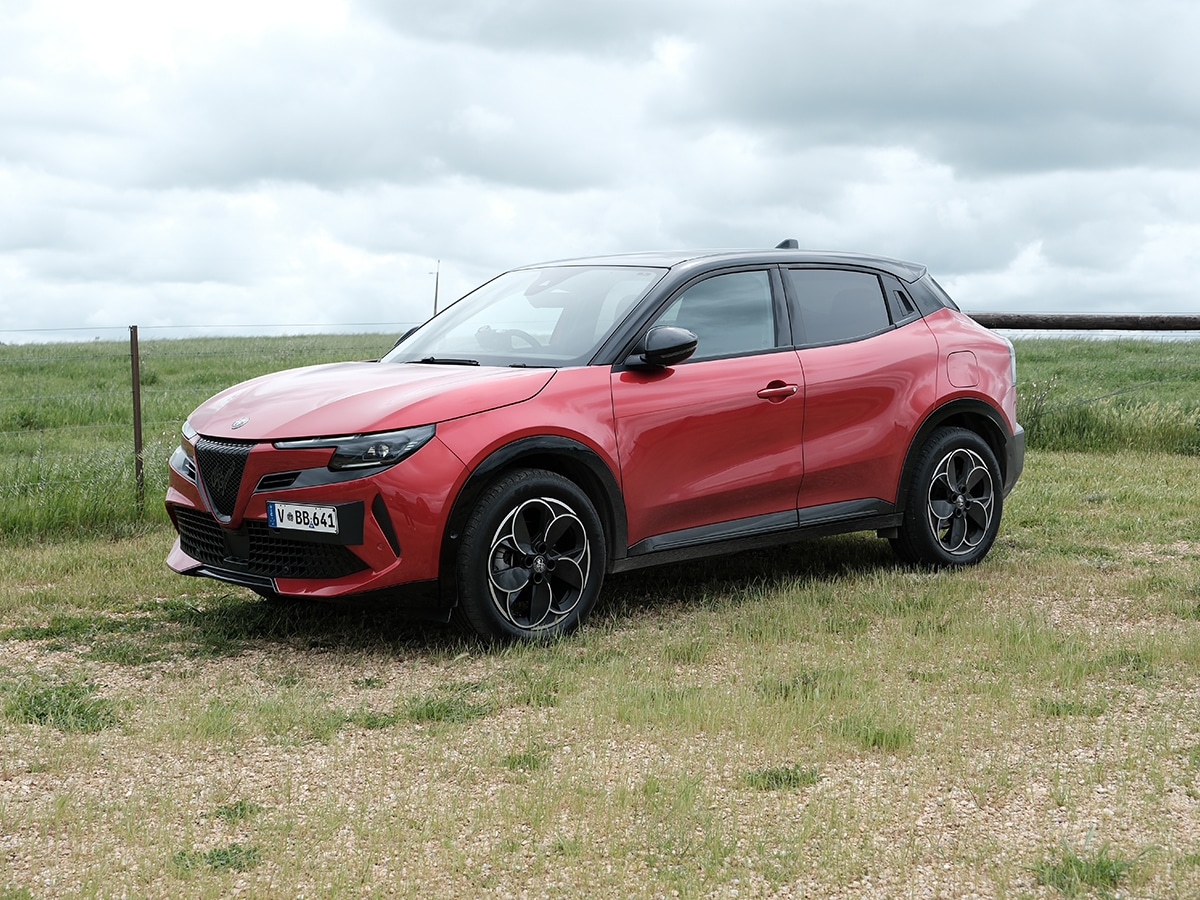
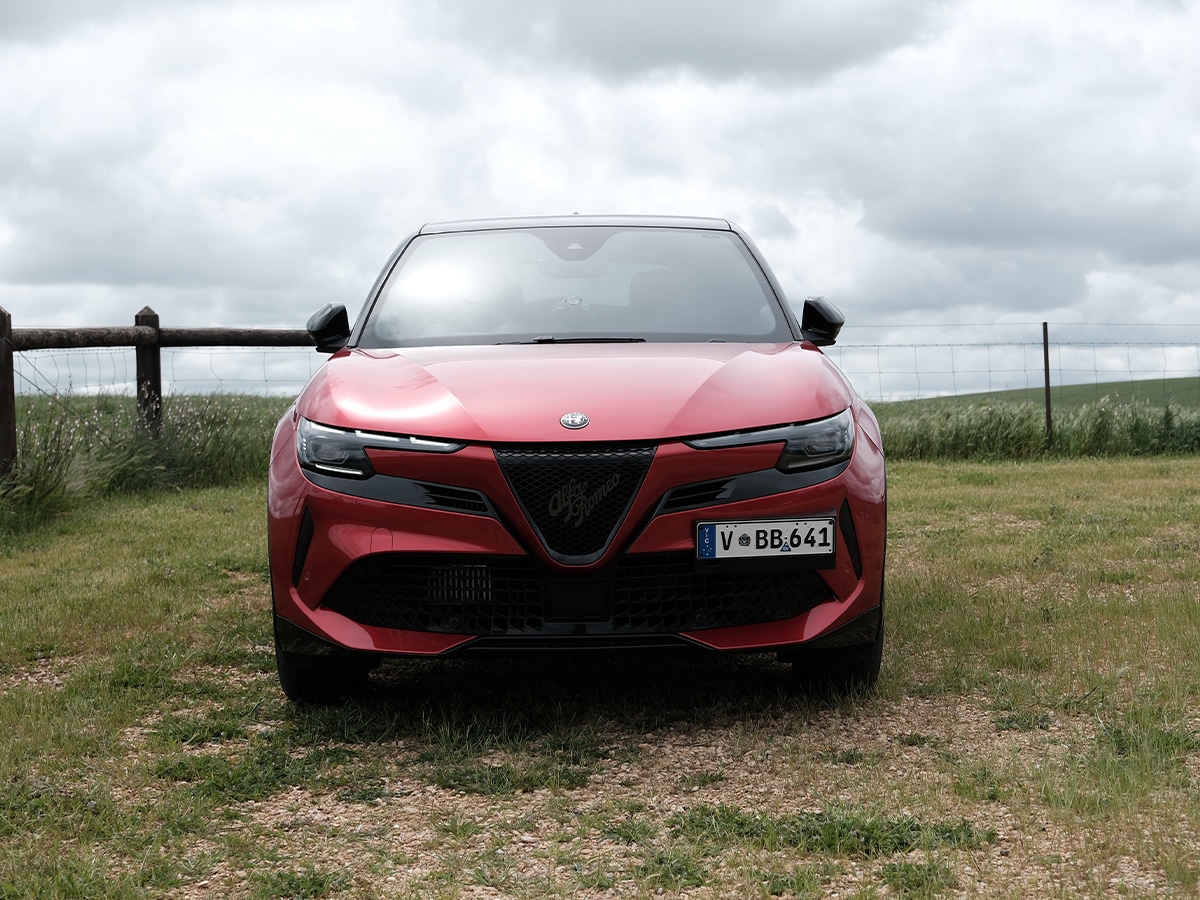
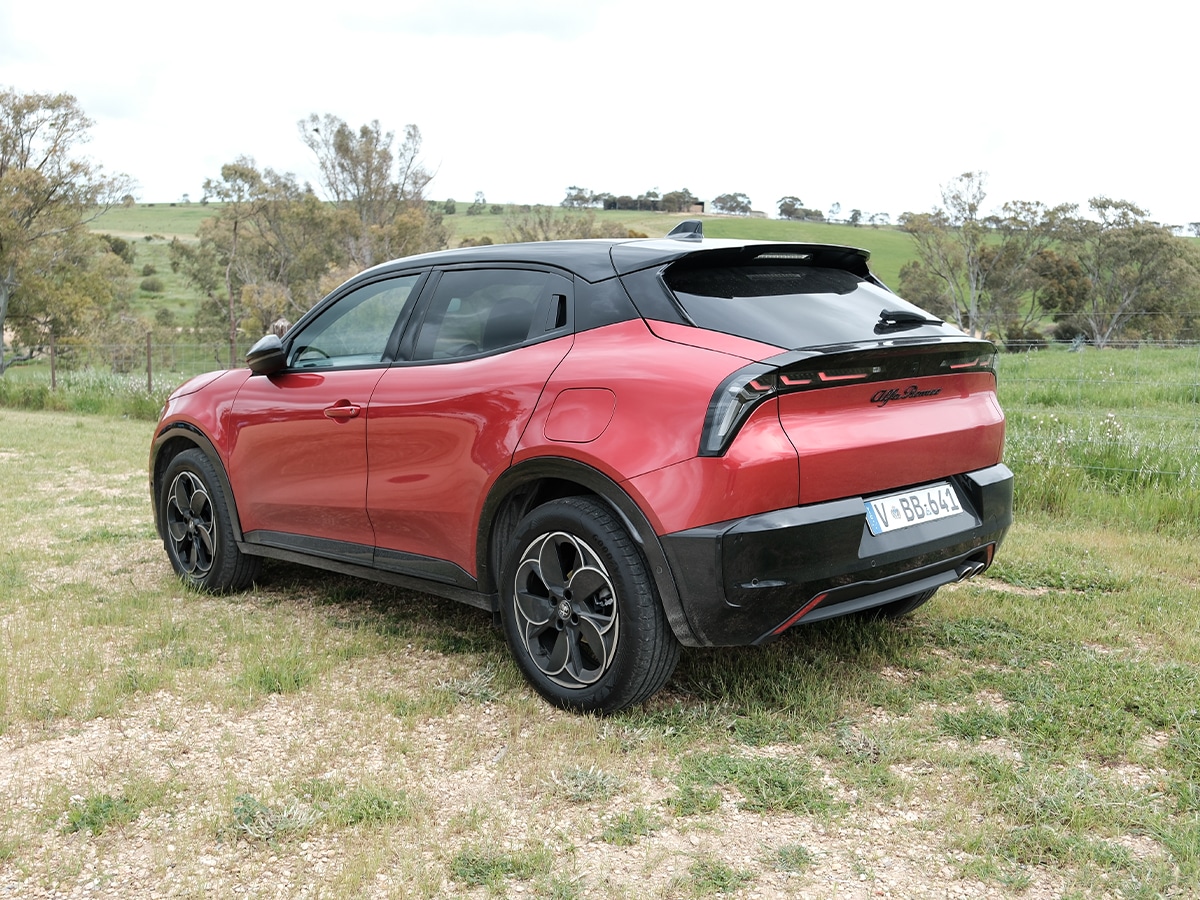
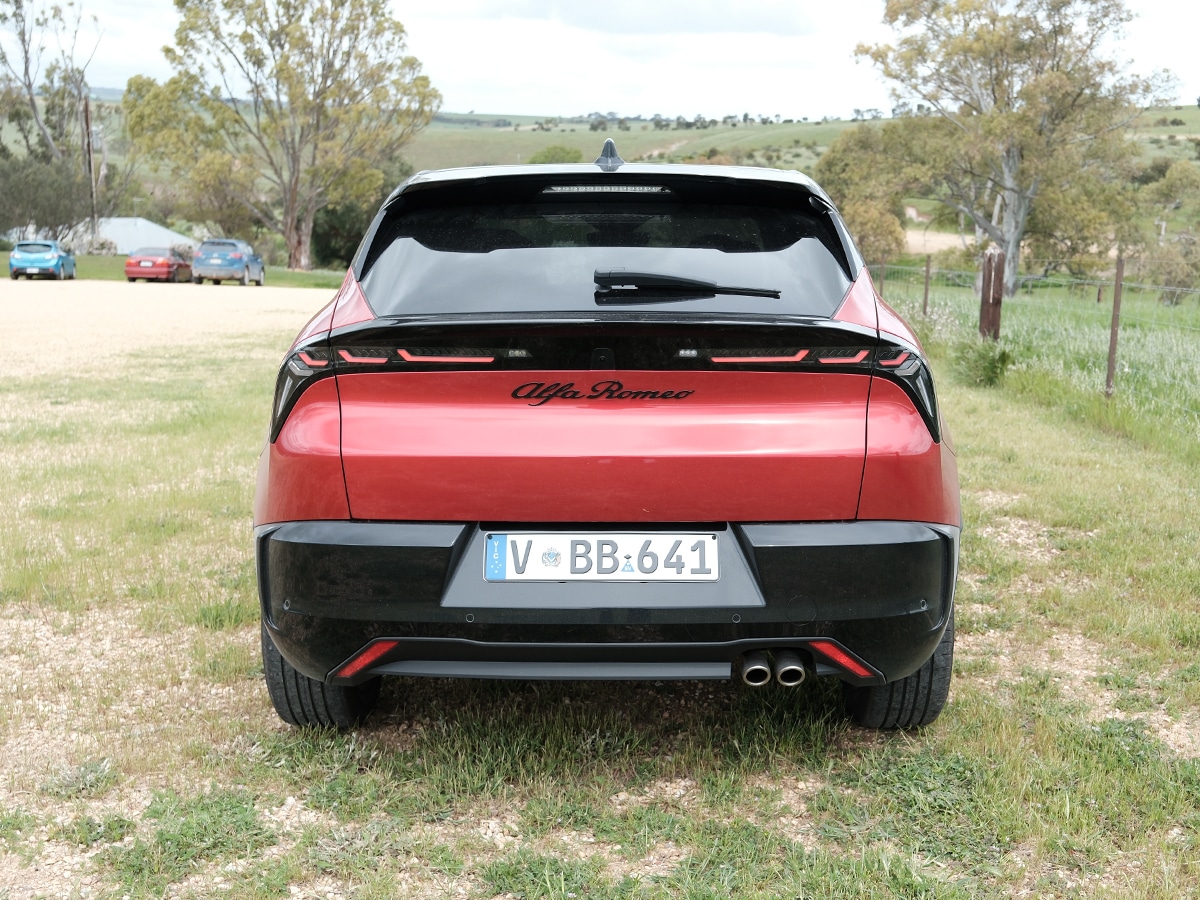
Safety-wise, there’s an impressive Advanced Driver Assistance Systems (ADAS) that’s rated for Level 2 autonomous driving with:
- Adaptive Cruise Control
- Active Lane Management
- Traffic Sign Recognition
- Automatic Emergency Braking
- Drowsy Driver Alert
- Blind Spot Monitoring
- Lane Keeping Assist
- Active Park Assist
- Autonomous Emergency Brake Control with Pedestrian & Cyclist Detection
- Intelligent Speed Control with Traffic Sign Recognition
- Automatic Headlamp On
- High Beam Assist
- Rain Sensing Wipers
It doesn’t beep at you too much, and the wheel isn’t possessed, but the speed limit warning chime can be pretty annoying.
This is alongside six airbags, which include two single-stage front driver and passenger, two supplemental side airbag curtains (SABIC) that offer side-impact protection to front and rear seat outboard occupants in addition to that provided by the body structure, and two seat-mounted front pelvic/thorax/shoulder side airbags.
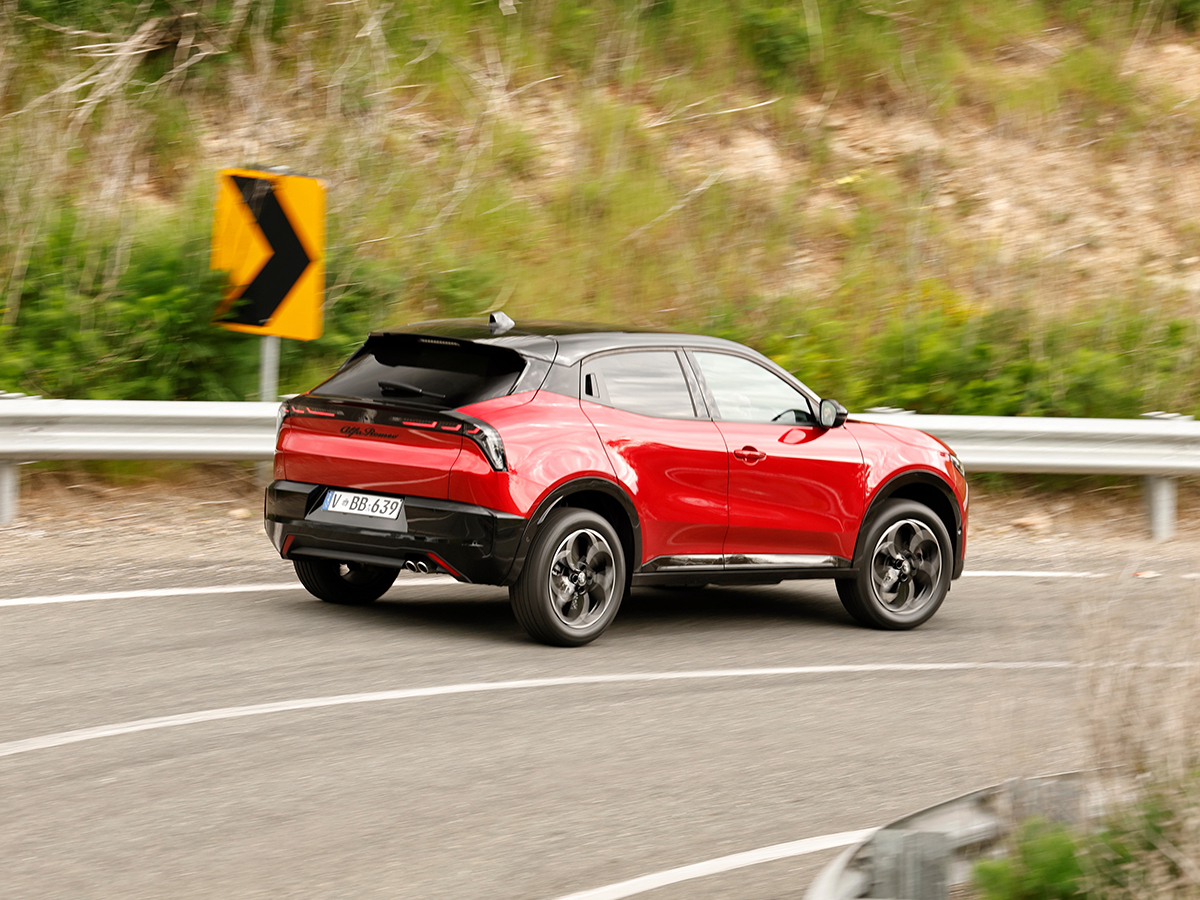
Performance
We spent most of the day driving around the Adelaide Hills on a tour of the best roads. It is not where you would traditionally take a light SUV, but the Junior’s dynamics were developed by the same team that coordinated the development of the Giulia GTA at the Balocco testing centre in Vercelli province, so it felt right at home.
So many commentators online get hung up on the fact that it shares its platform with a Peugeot, but you would never know from behind the wheel. It’s not here to set benchmark laptimes at the nearest mountain road, but it drives with purpose, poise, and comfort on traditional Australian backroads in a way few vehicles in this class can manage.
Suspension is very well taken care of, more so than any of its more affordable rivals, and the direct steering ratio of 15.8 makes it a joy to push through corners, even if it’s a little lacklustre in feel.
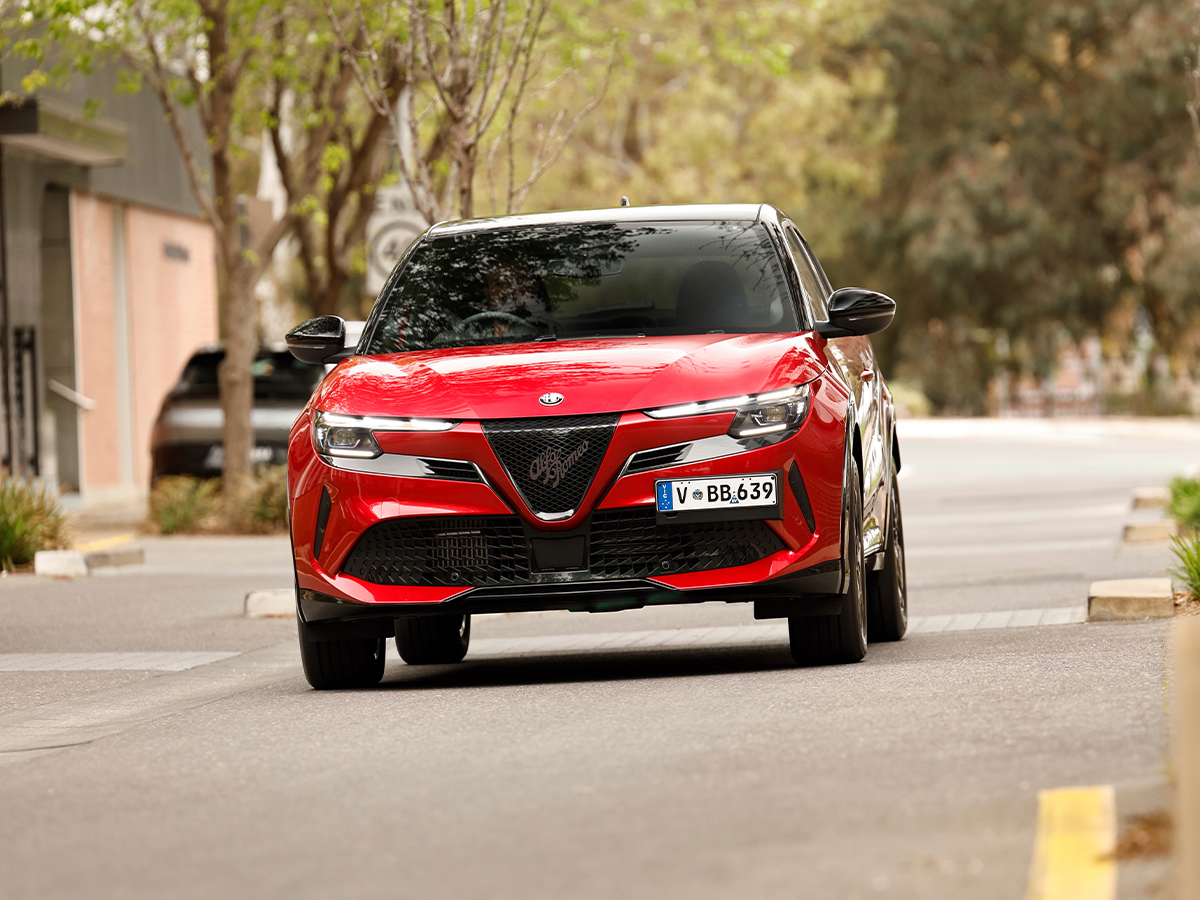
Being just 4,173 mm long, 1,781 mm wide, and 1,533 mm tall, it’s roughly the size of a VW Golf. The best way to describe the experience is “hot-hatch-like,” or “warm hatch,” because it’s not all that quick in a straight line.
The ‘DNA’ drive modes actually do something, and I spent most of my time in “Dynamic” mode, which applies a specific steering and accelerator calibration to offer the utmost performance. That said, “Natural” (standard) mode is fine for daily duties. Still, I would probably avoid “Advanced Efficiency” altogether unless you’re trying to extract the most efficiency, as it dulls the throttle input dramatically.
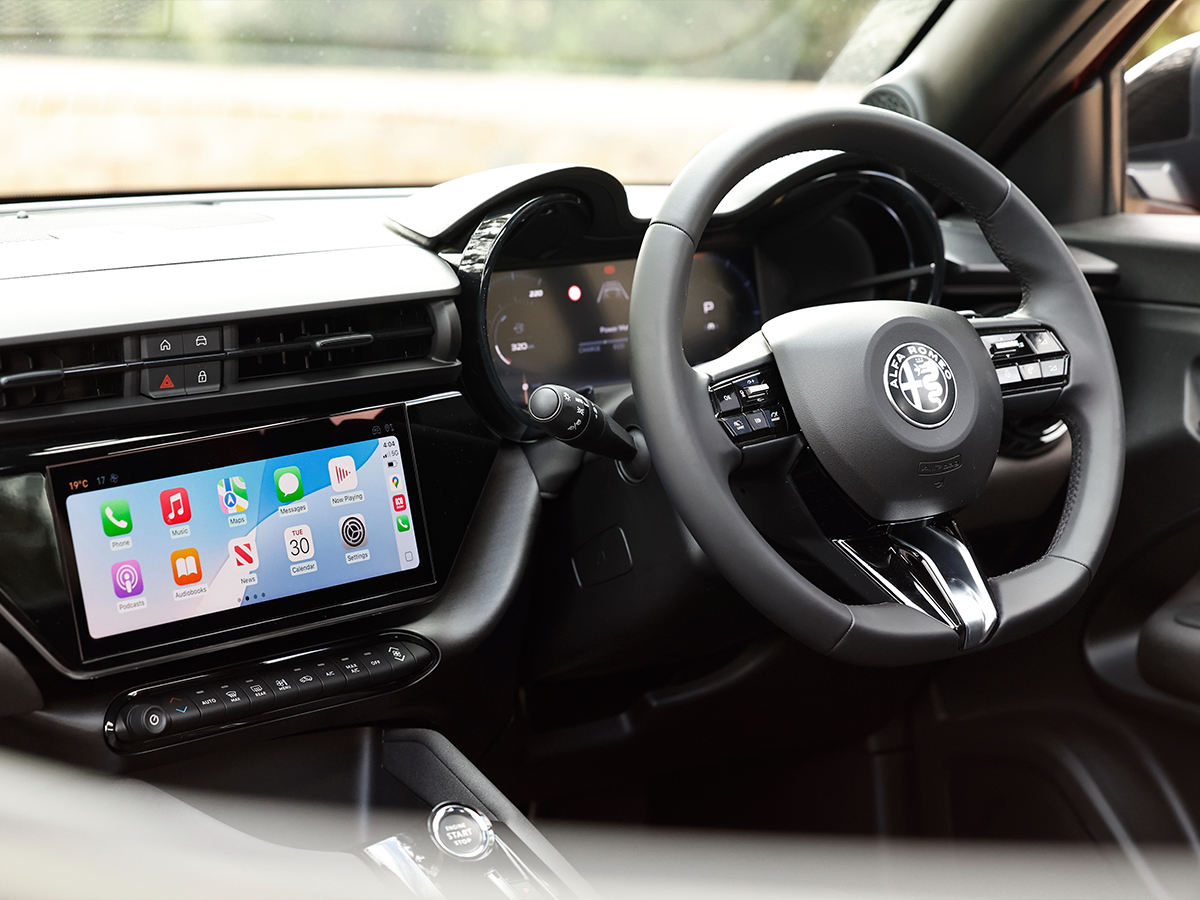
Interior
Despite its size, the cabin is relatively spacious for front passengers. I wouldn’t want to take a long journey in the back seats, as rear leg and headroom are compromised due to the shape of the vehicle’s body, but it’s fine for children.
The standard “Spiga” Seats feature black cloth and leatherette with red finishes. You’ll find a six-way power-adjustable front seat with two-way lumbar and massage for the driver, while the front passenger must make do with a six-way manual-adjustable front passenger seat. Both front seats are heated, which is what we’ve come to expect for vehicles at this price point. There’s a leather steering wheel, 60:40 split rear seats, front and rear floor mats, aluminium pedals and door sills, and a height-adjustable cargo floor in the boot that also benefits from a power liftgate with hands-free function.
The materials inside are mostly soft leatherette with padded foam behind, but they do get scratchy towards the outer edges around the doors. Like many modern cars, the further down you look, the more hard plastic you’ll find. However, I’m a big fan of the cabin’s design overall.
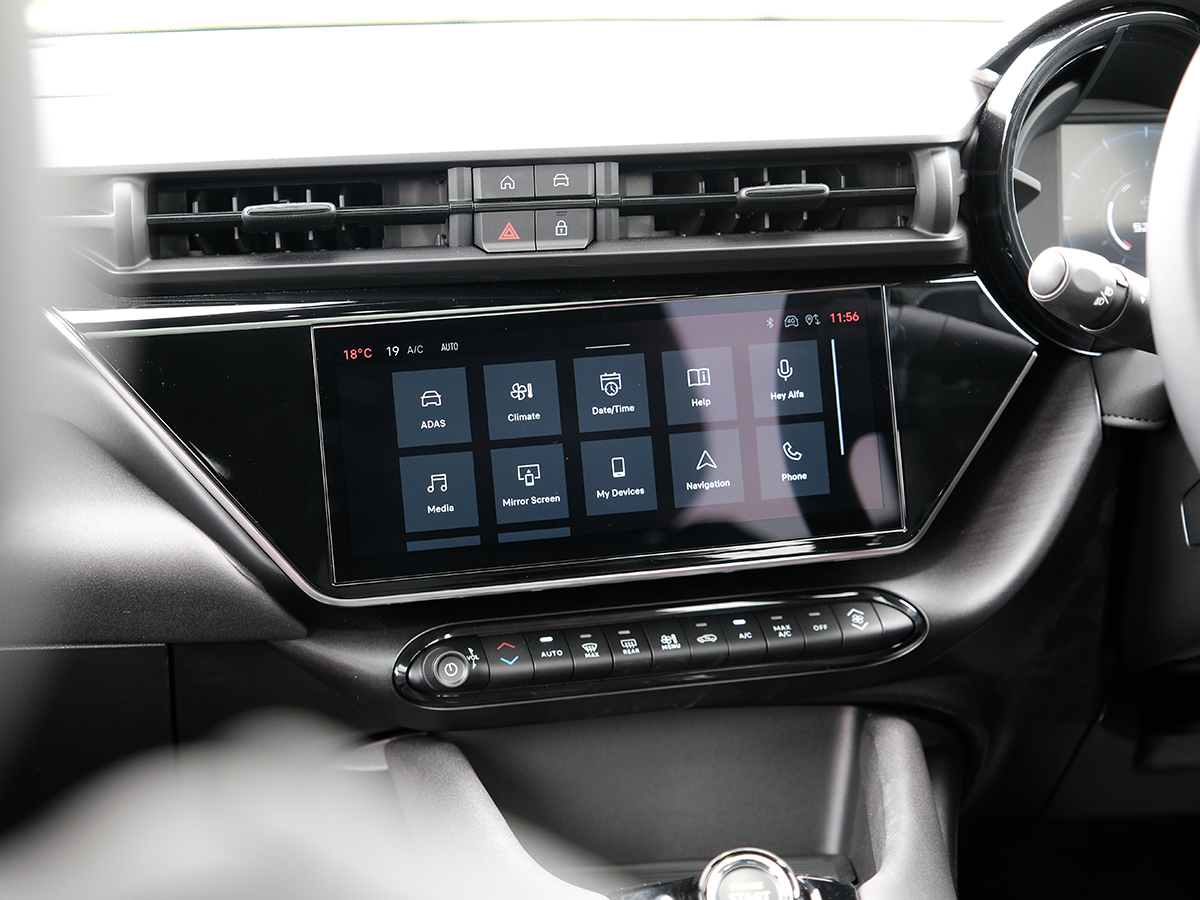
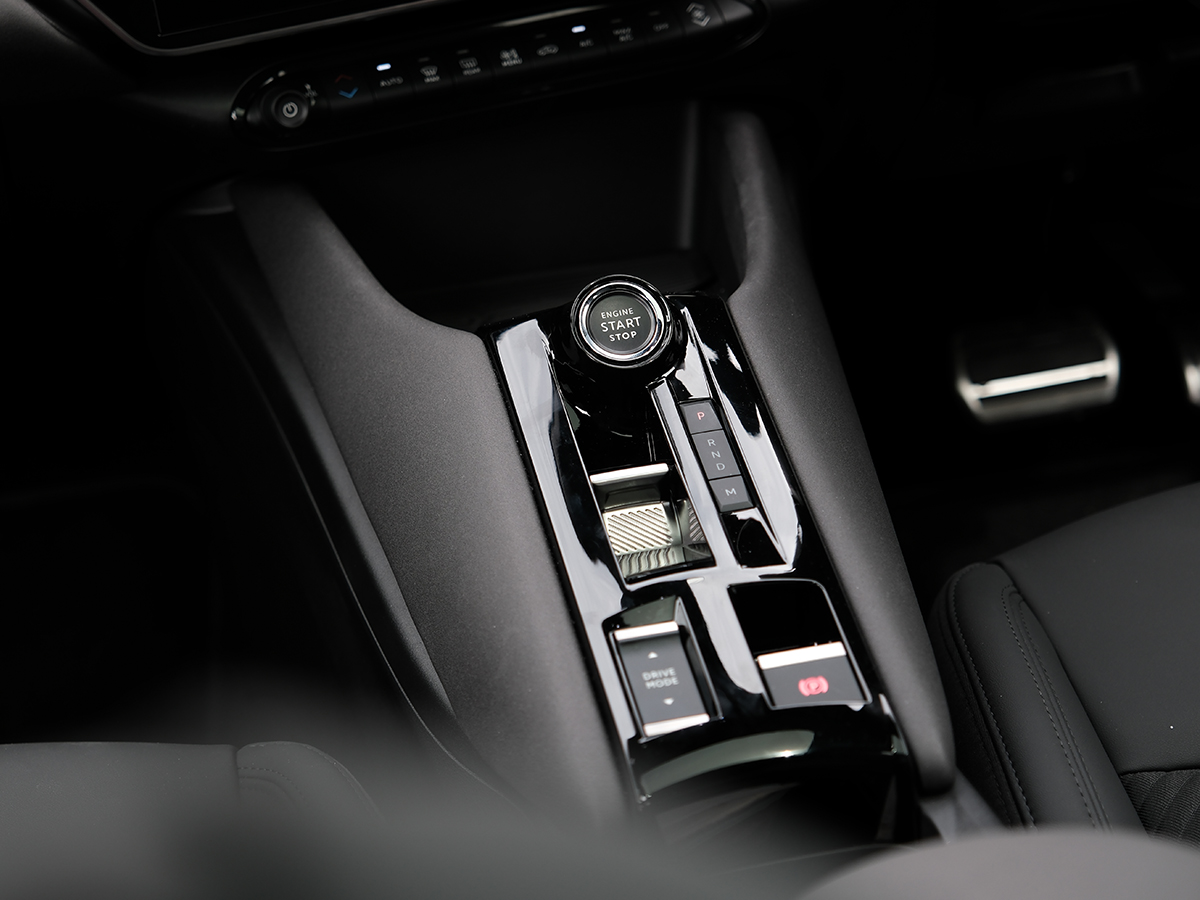
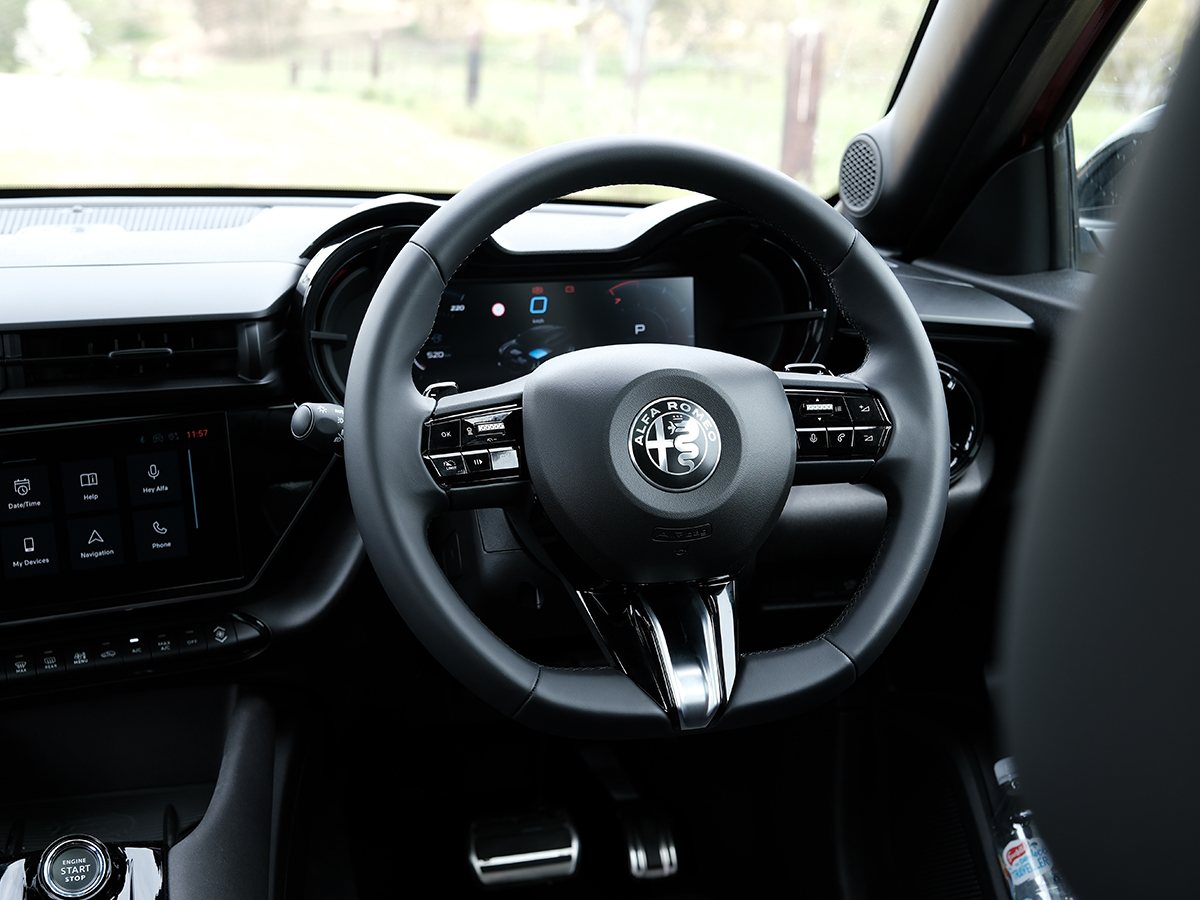
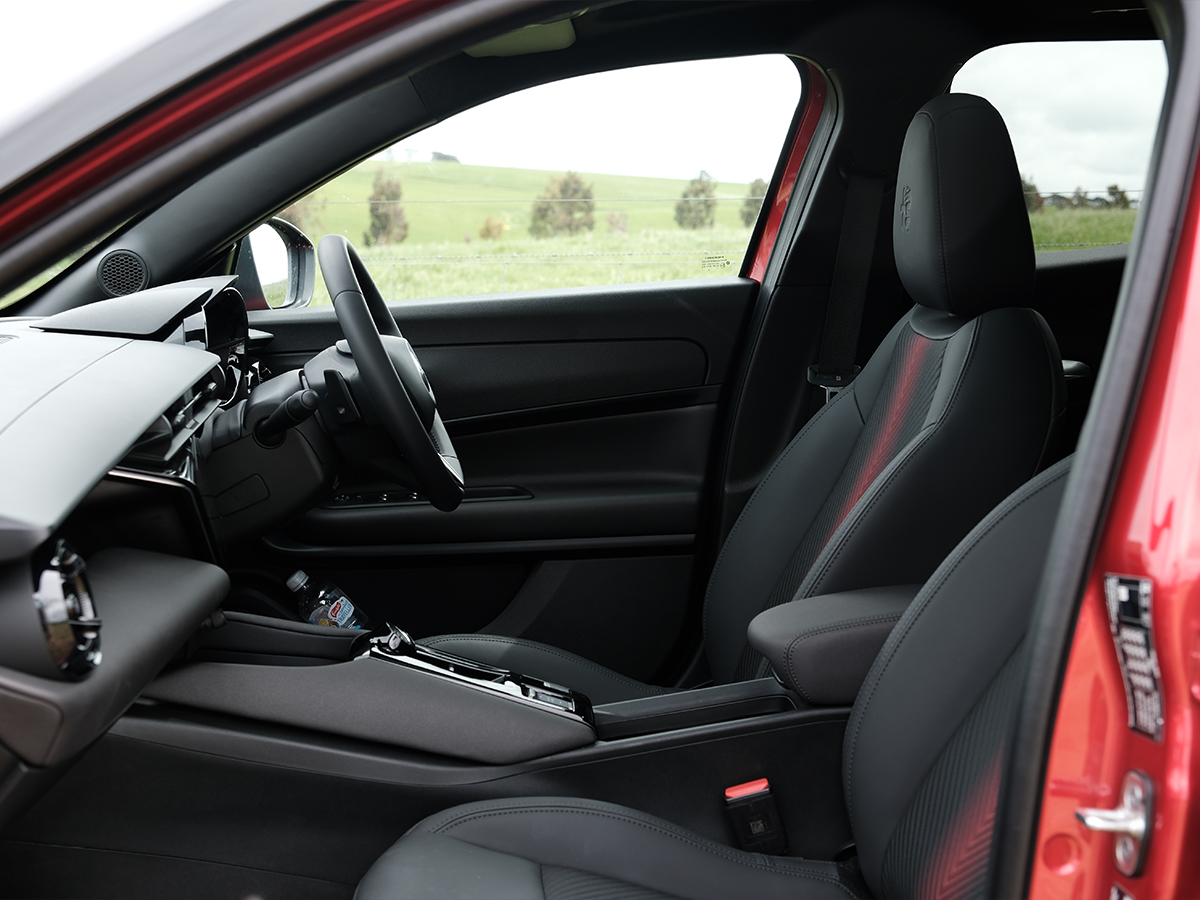
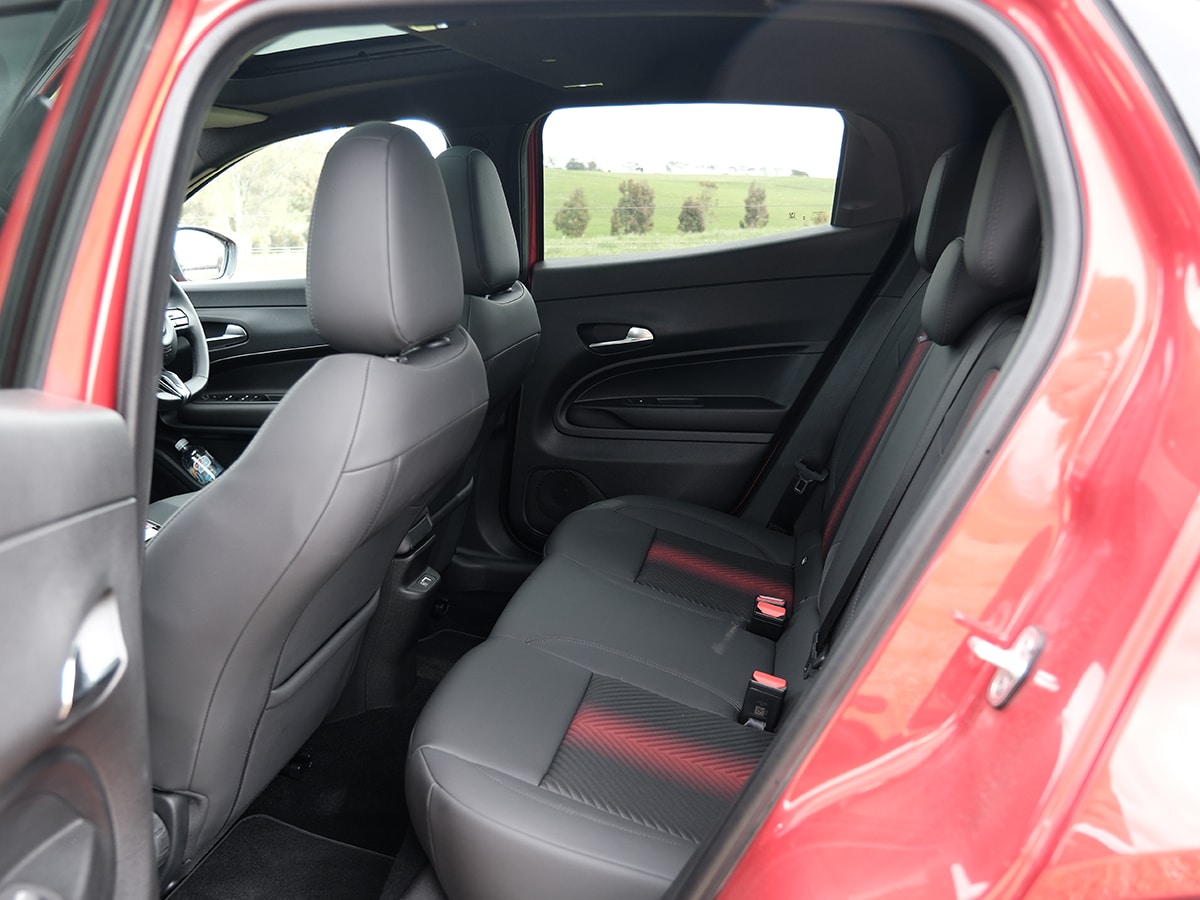
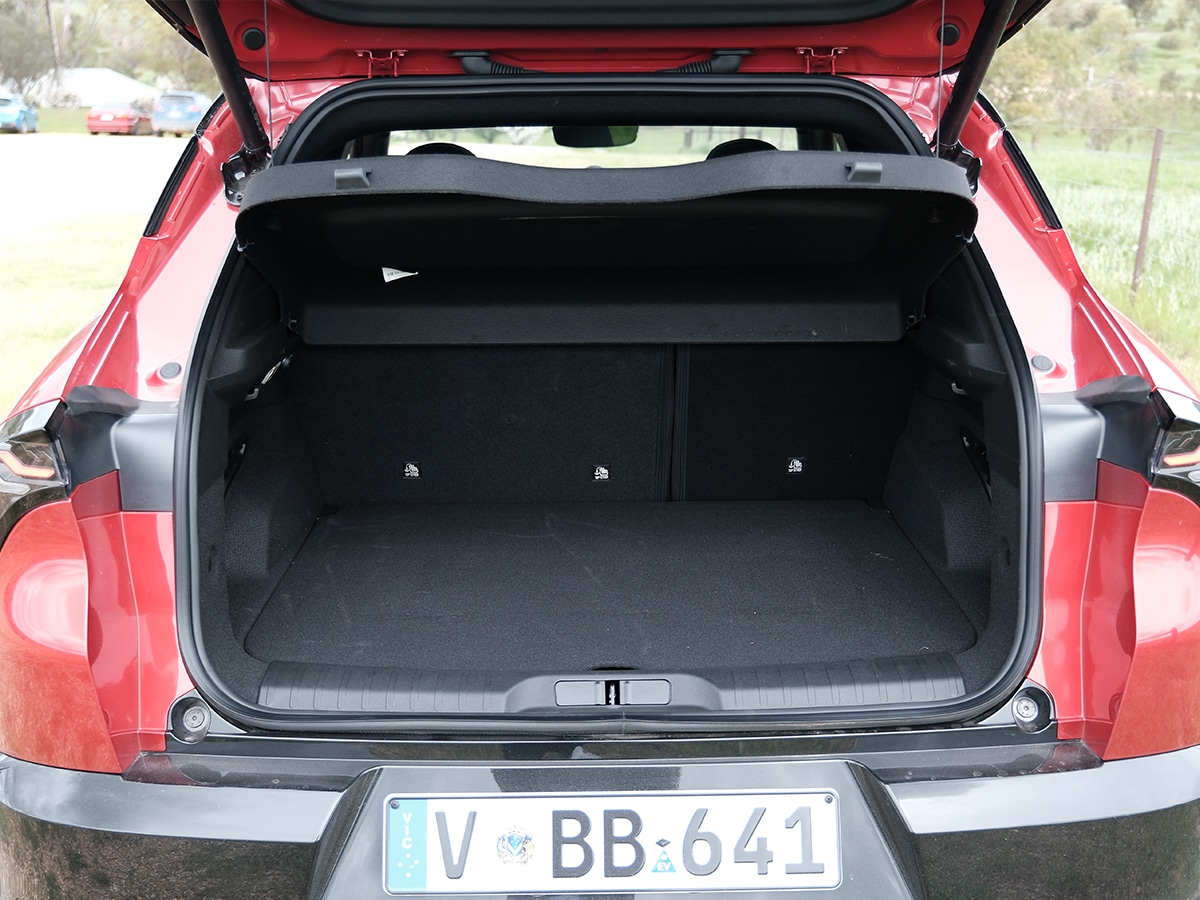
Technology includes a 10.25-inch touchscreen infotainment and navigation system, retained from the Tonale but with an updated user interface. It features wireless Apple CarPlay, Android Auto, DAB+, and a 6-speaker sound system. Your phone sits on a wireless charging pad while it’s connected to the screen to keep the battery topped up, and the pad itself features a “Biscione” (serpent) logo.
The driver benefits from a 10.25-inch “Cannocchiale” TFT instrument cluster, keyless entry and go, and an electric park brake with auto hold for easy city driving.
Last but not least, the Junior comes with Alfa Connected Services with Connected Navigation. It’s a compelling package on the inside, and you’re not left asking why the brand has included some features but not others. Everything works as intended, the screens are easy to read and navigate, and there’s even an array of hard buttons for shortcuts to the homescreen and cameras. Seeing a 360-degree camera with the Junior would be nice, but that’s only necessary if parking is hard for you.
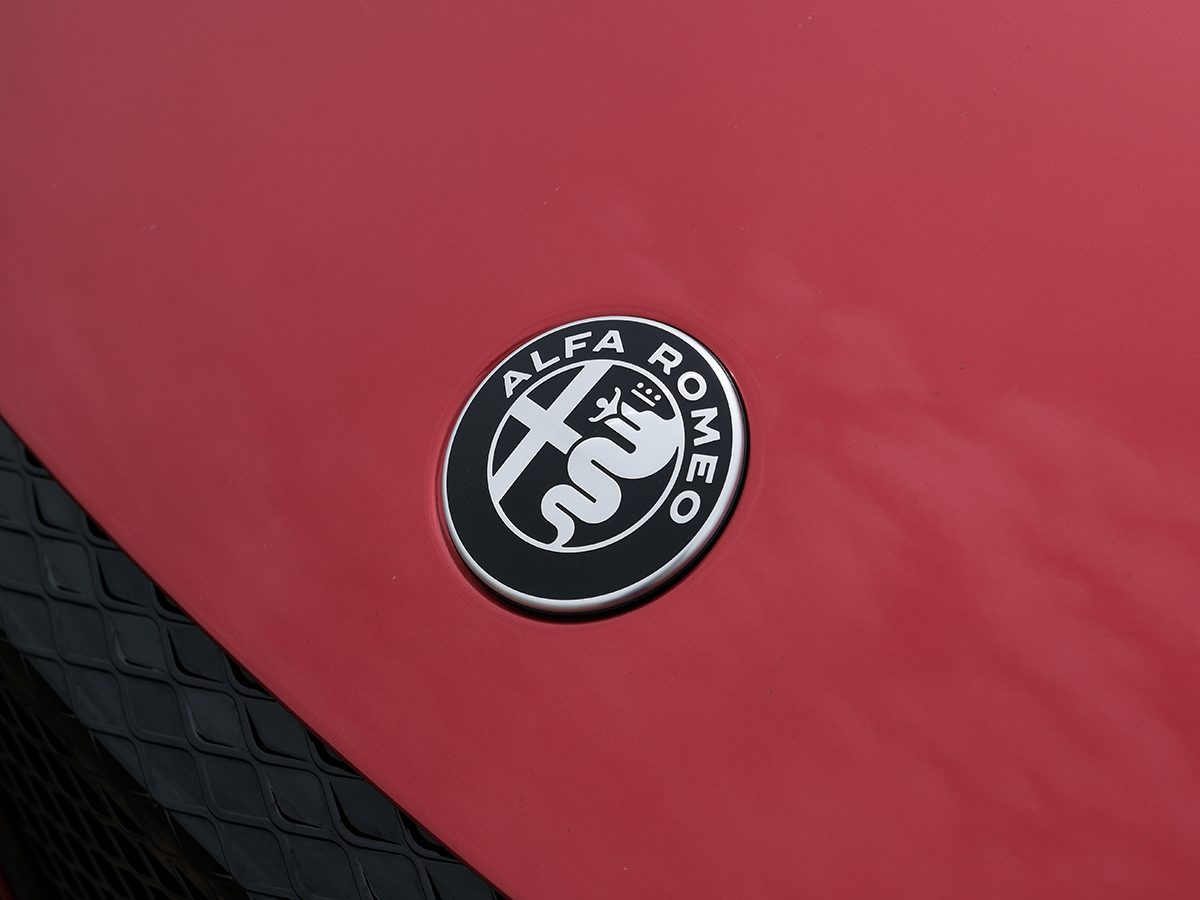
Verdict
Finally, Alfa Romeo has a truly competitive vehicle in the market.
It’s more expensive than its Japanese, Chinese, and Korean rivals, but it makes a lot more sense when compared to similarly equipped small luxury SUVs like the Lexus LBX.
You’ll be attracted to the Junior’s design first, but you won’t be let down by the interior, technology, or driving experience, which is among the best in this class.
The business case for the Alfa Romeo Junior is clear, engaging, and has a dusting of character, as every Alfa should. If Lexus can sell 116 LBXs each month, I don’t see why Alfa Romeo couldn’t sell 50 Juniors. Then again, the car has been on sale since July, and we’re yet to see any form of marketing behind it. It’s not a car that springs to mind, even if it deserves to do so. Take one for a test drive, and hopefully we’ll see Alfa Romeo stay around Downunder for years to come.
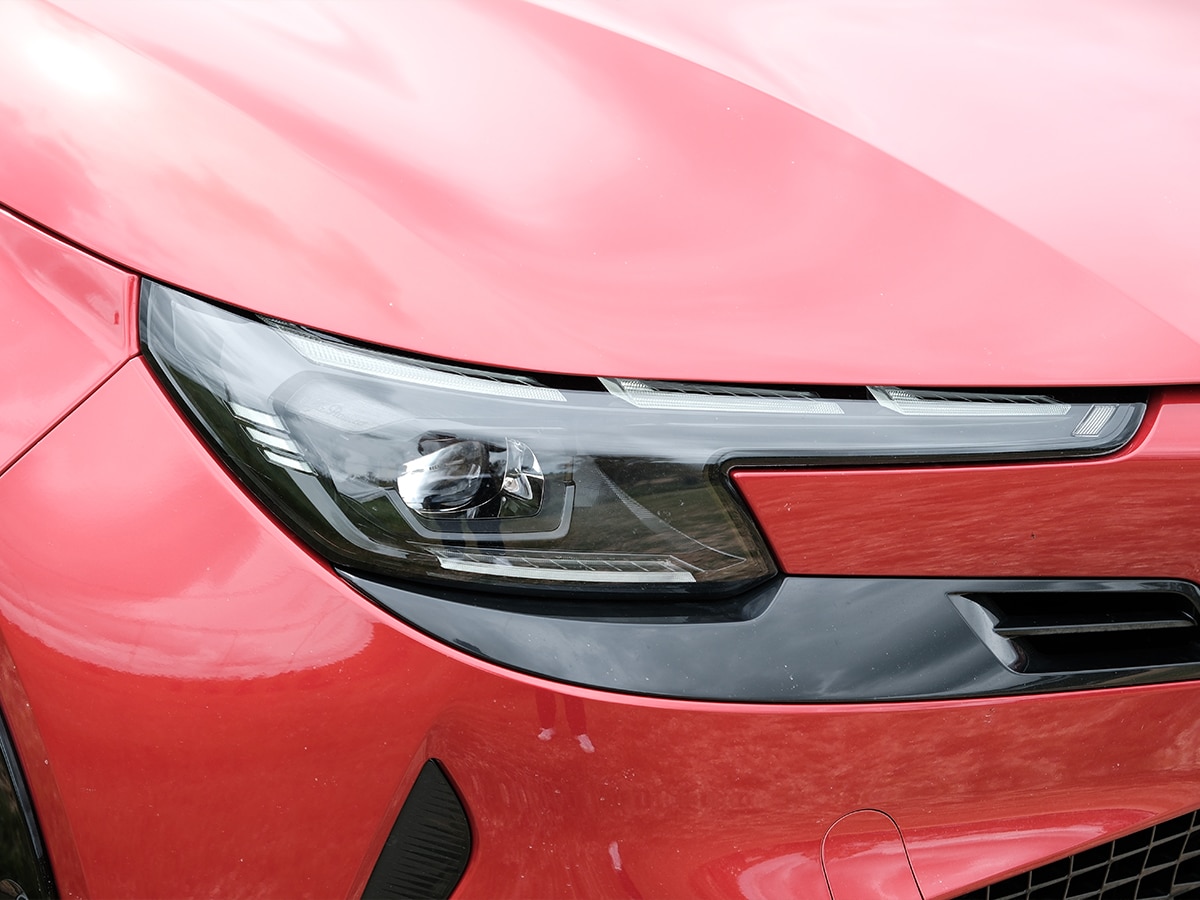
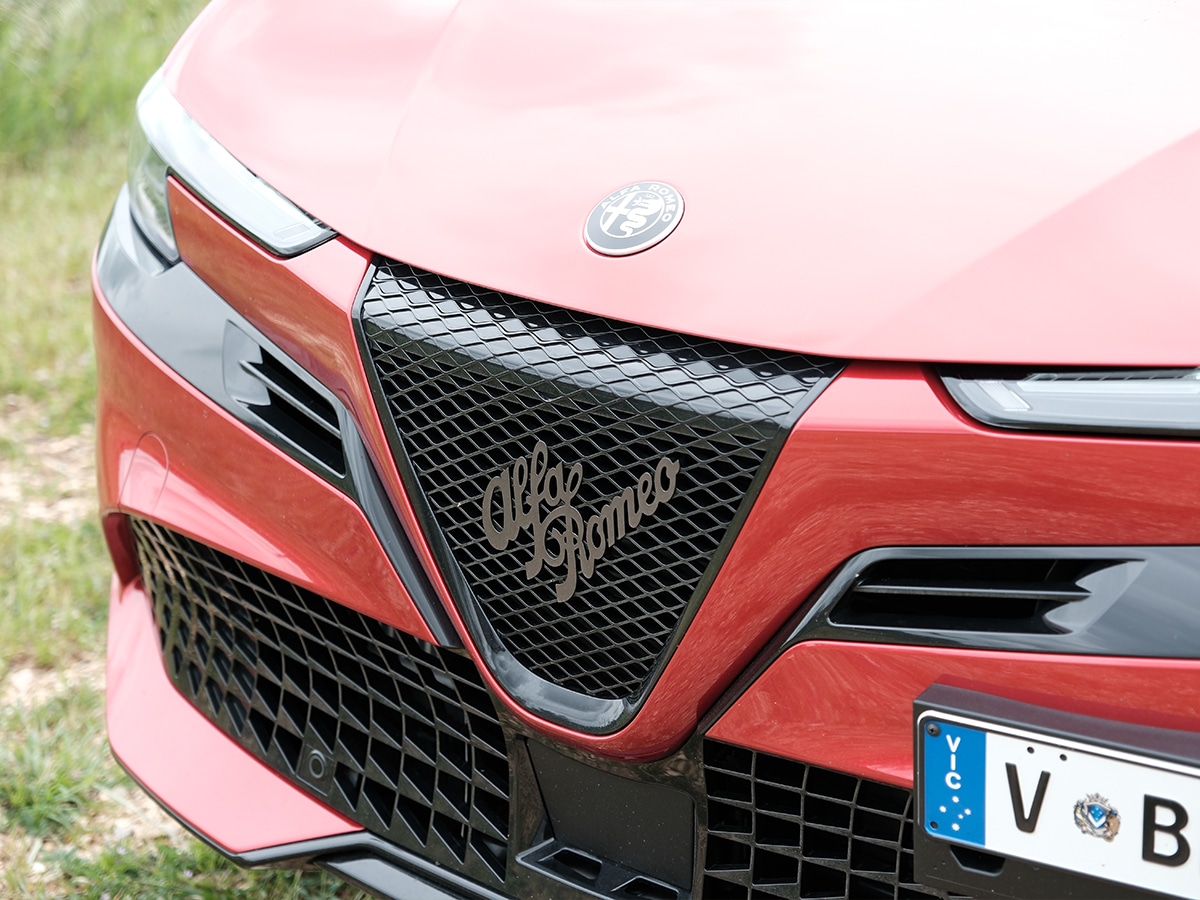
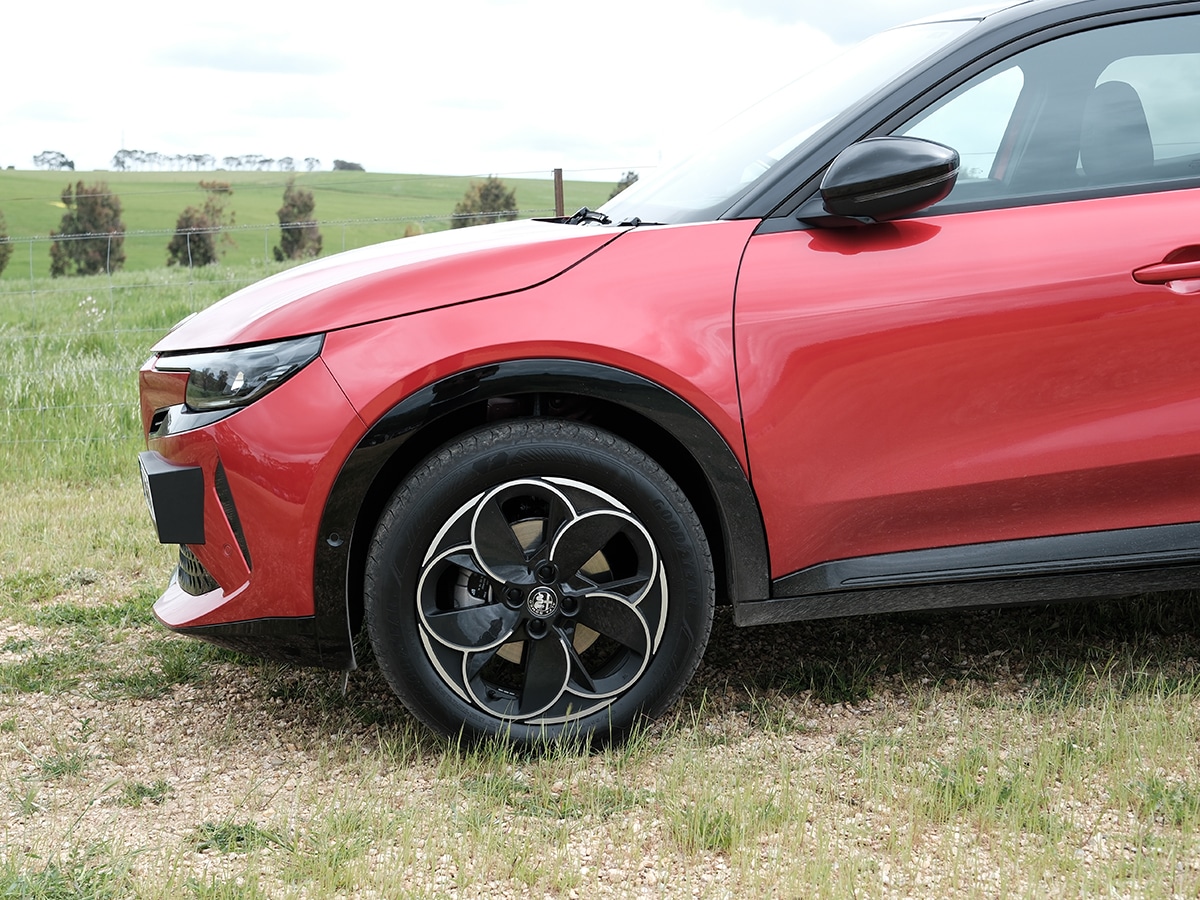
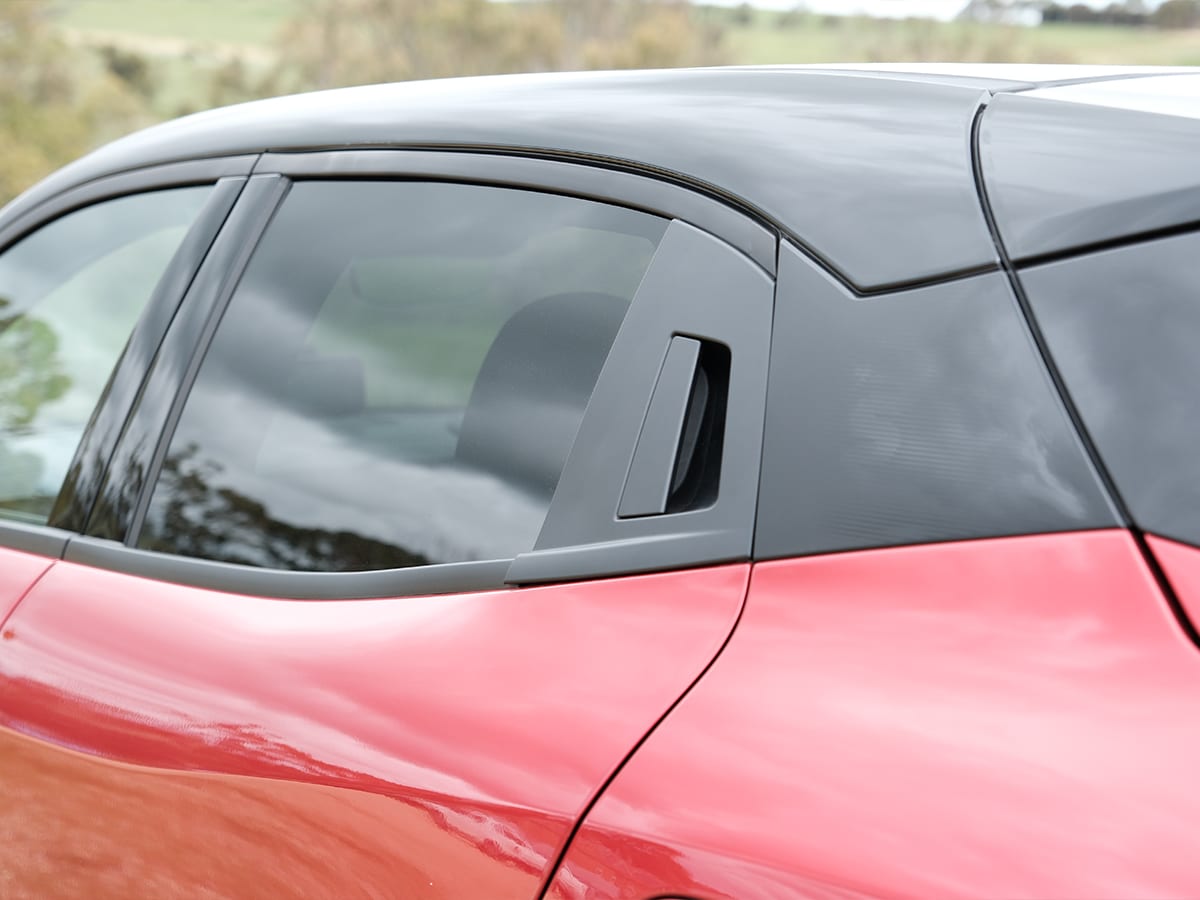
Standard Equipment List
The Alfa Romeo Junior is offered in a singular trim at launch and is available in both Ibrida and Elettrica powertrains.
- Exterior
- 18-inch Petali Diamond Cut Alloy Wheels
- Automatic Full LED Matrix Headlights
- “Leggenda scudetto” Front Grille
- Body Colour Door Handles
- Glossy Black Body Kit including Glossy Black Exterior Mirrors
- LED Taillamps
- Two-Tone Black Roof
- Privacy Glass
- Interior
- “Spiga” Seats featuring Black Cloth & Leatherette with Red Finishes
- Leather Steering Wheel
- 60:40 Split Rear Seats
- Front & Rear Floor Mats
- Aluminium Pedals & Door Sills
- Height Adjustable Cargo Floor
- Driver Assistance Systems
- Level 2 Autonomous Driving
- Front, Rear & Side Parking Sensors
- Reversing Camera with Dynamic Lines
- Intelligent Adaptive Cruise Control
- Blind Spot Assist
- Autonomous Emergency Braking (AEB) with Vulnerable Road User Detection
- Lane Support System (LDW + LKA)
- Driver Behaviour Warning
- 6 Airbags
- Traffic Sign Recognition & Intelligent Speed Control
- Tyre Pressure Monitoring System
- Rain Sensing Wipers
- Seat Belt Reminder
- Comfort Features
- 10.25-Inch Touchscreen Infotainment and Navigation System
- Wireless CarPlay and Android Auto
- DAB+
- 6 Speakers
- 10.25-Inch “Cannocchiale” TFT Instrument Cluster
- Alfa™ Connected Services with Connected Navigation
- Wireless Charging Pad with “Biscione” Logo
- Front USB A/C Ports
- Rear USB-C Port
- Keyless Entry and Go
- Single Zone Air Conditioning
- Electric Park Brake with Auto Hold
- 6-Way Power-Adjustable Front Seats with 2-Way Lumbar
- Driver Massaging Seat
- 6-Way Manual-Adjustable Front Passenger Seat
- Heated Front Seats
- Power Liftgate with Handsfree Function
- Frameless Auto-Dimming Rear View Mirror
- Elettrica Specific Features
- Mode 3 Charge Cable
- 11kW AC Onboard Charger
- 100kW DC Charger
- CCS Combo Type 2 Charge Port
- Ibrida Specific Features
- Paddle Shifters
- Dual Tailpipes
- Exterior Colours
- Six distinct colours (two-tone roof standard):
- 934 – White Sempione with Black Roof
- 601 – Black Tortona (Premium paint available at additional cost)
- 181 – Red Brera with Black Roof (Premium paint available at additional cost)
- 522 – Blue Navigli with Black Roof (Premium paint available at additional cost)
- 664 – Arese Steel with Black Roof (Premium paint available at additional cost)
- 640 – Galleria Light Grey with Black Roof (Premium paint available at additional cost)
- Interior Colours
- “Spiga” interior (leatherette and cloth)
- Diagonal degrading black-red pattern on seats
- Pricing
- Junior Ibrida (Hybrid):
- Power: 107kW
- Torque: 230Nm
- Price: $45,900
- Junior Elettrica (Electric):
- Power: 115kW
- Torque: 260Nm
- Price: $57,900
- Junior Ibrida (Hybrid):
- Options
- Premium Paint – $1,990
- Sunroof – $1,990







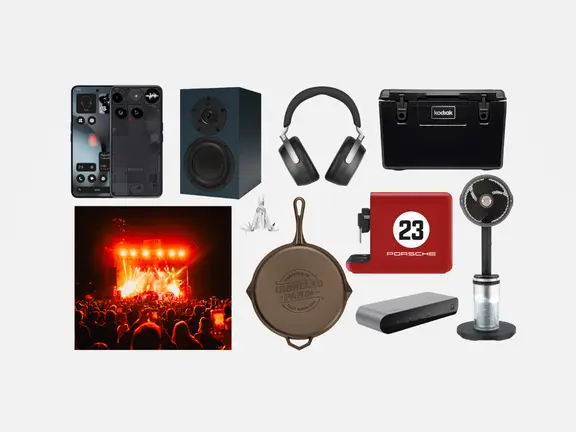








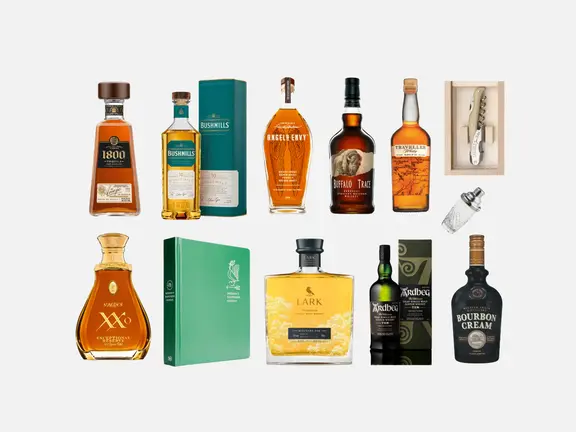

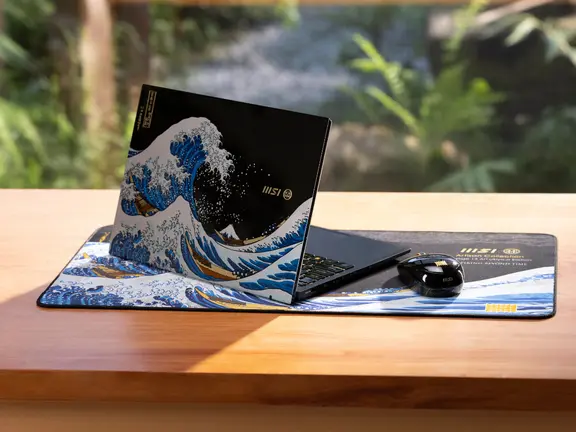
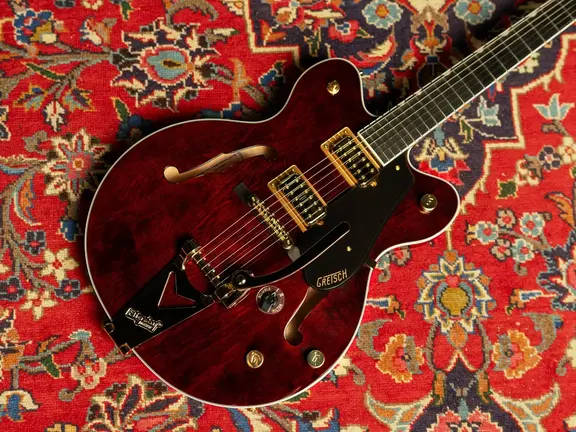



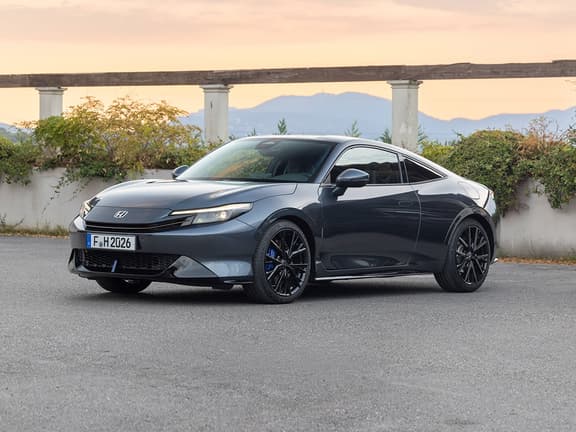
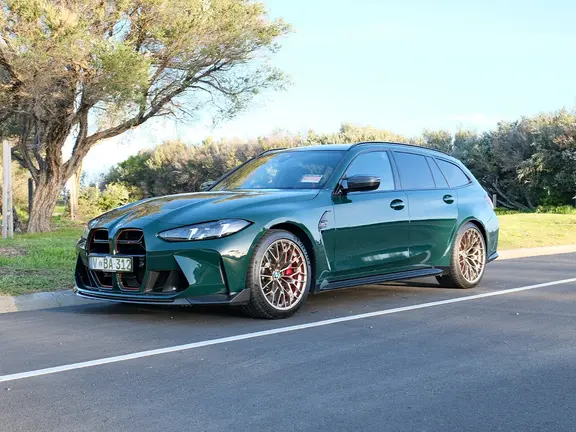
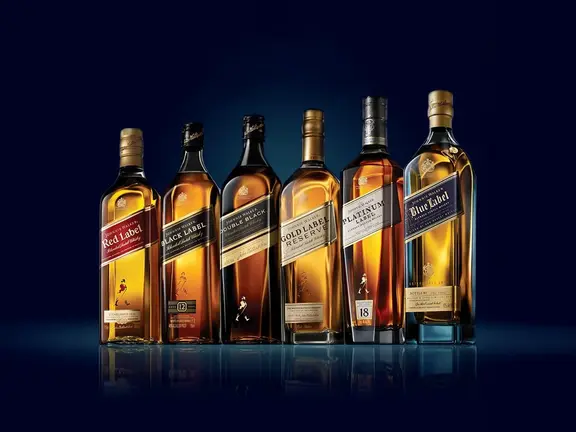

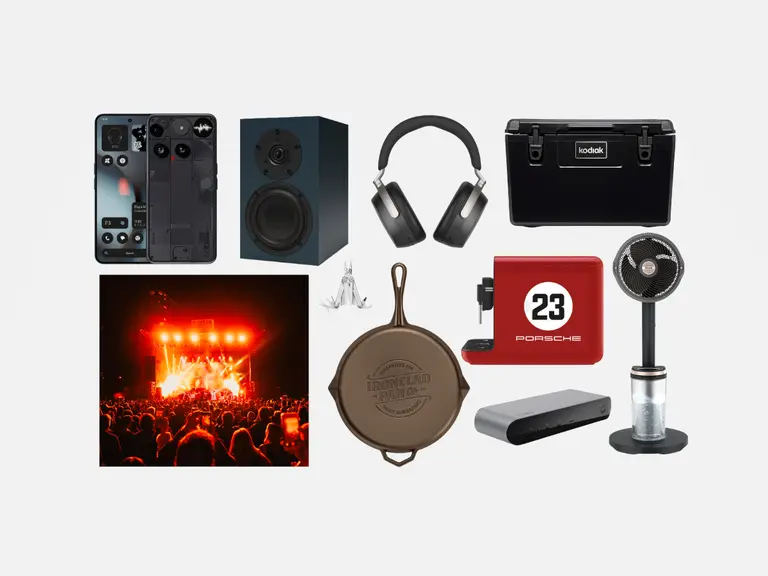


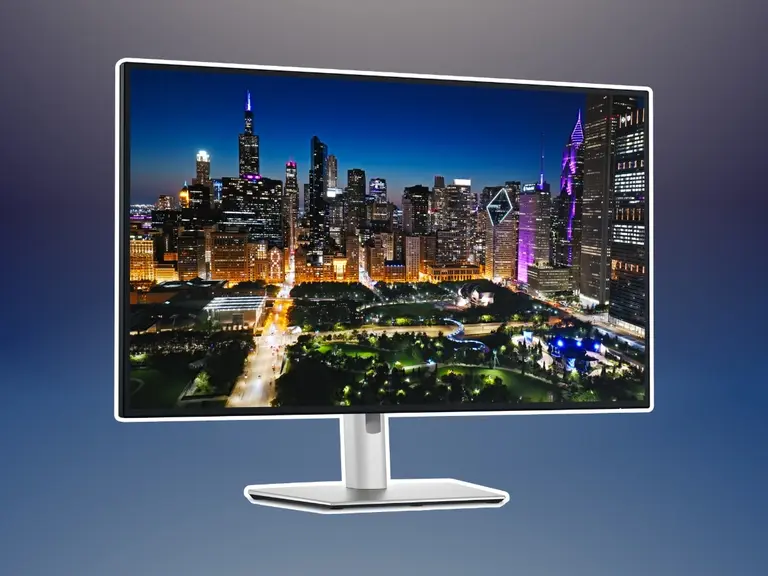
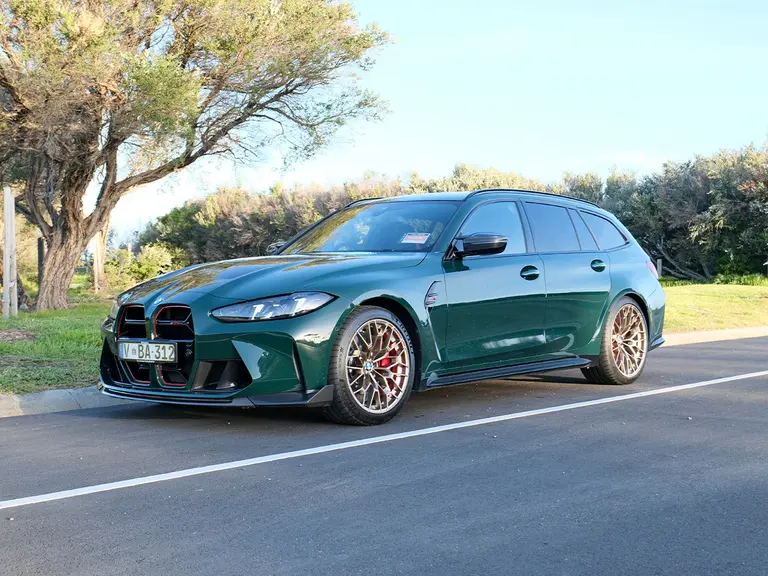


Comments
We love hearing from you. or to leave a comment.